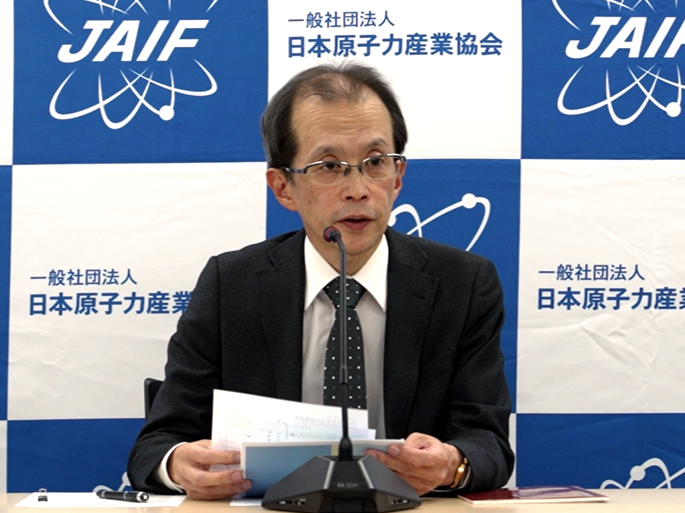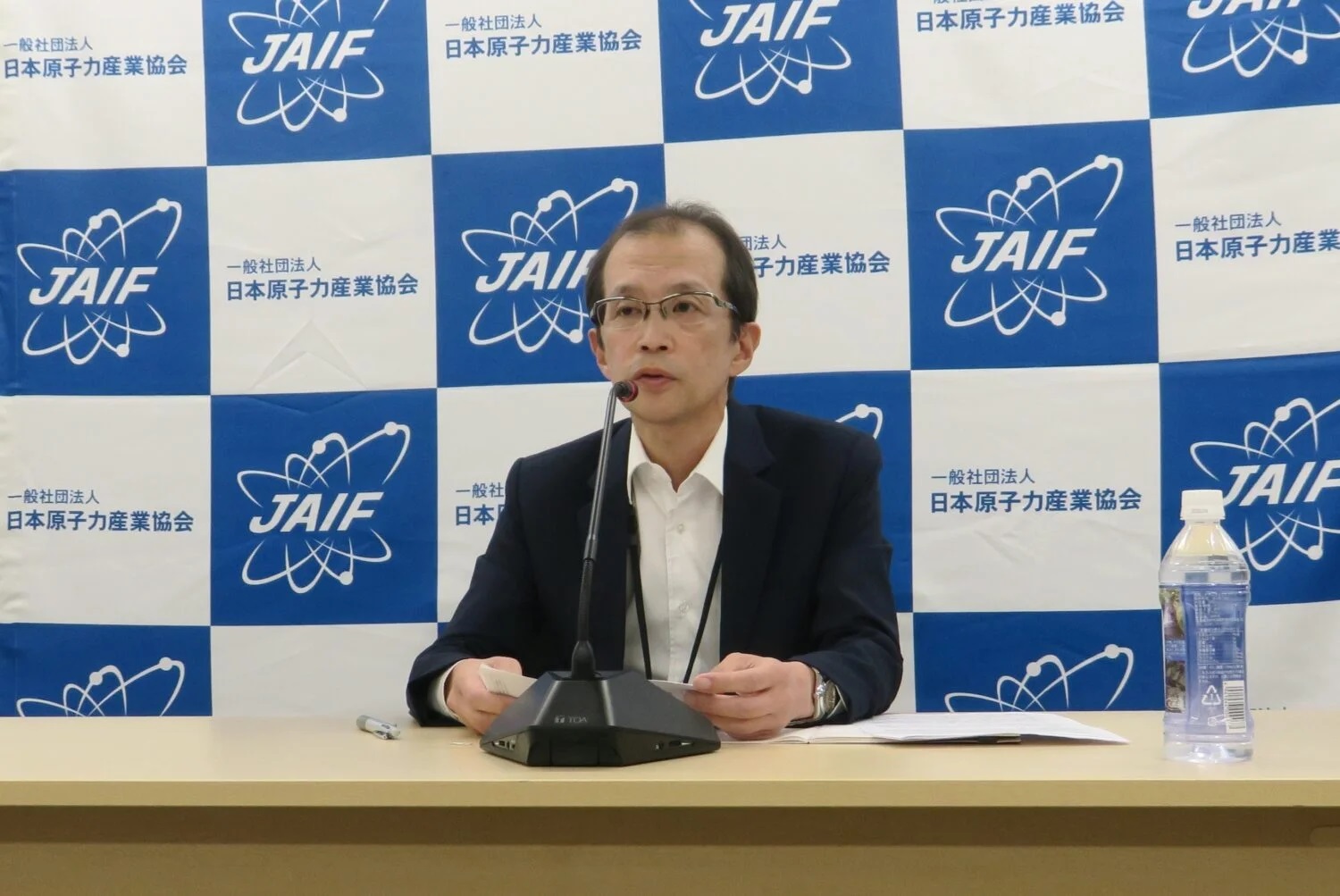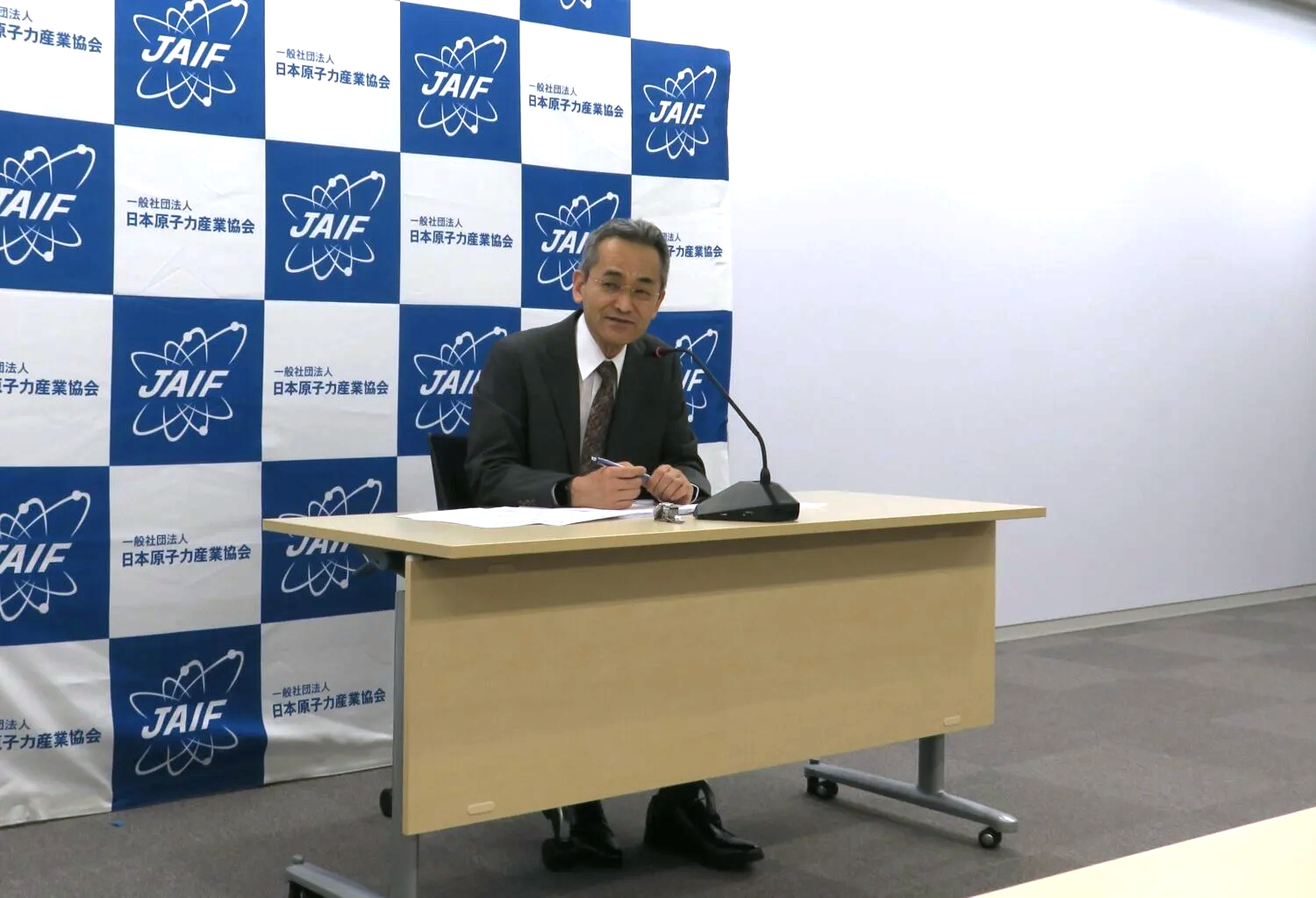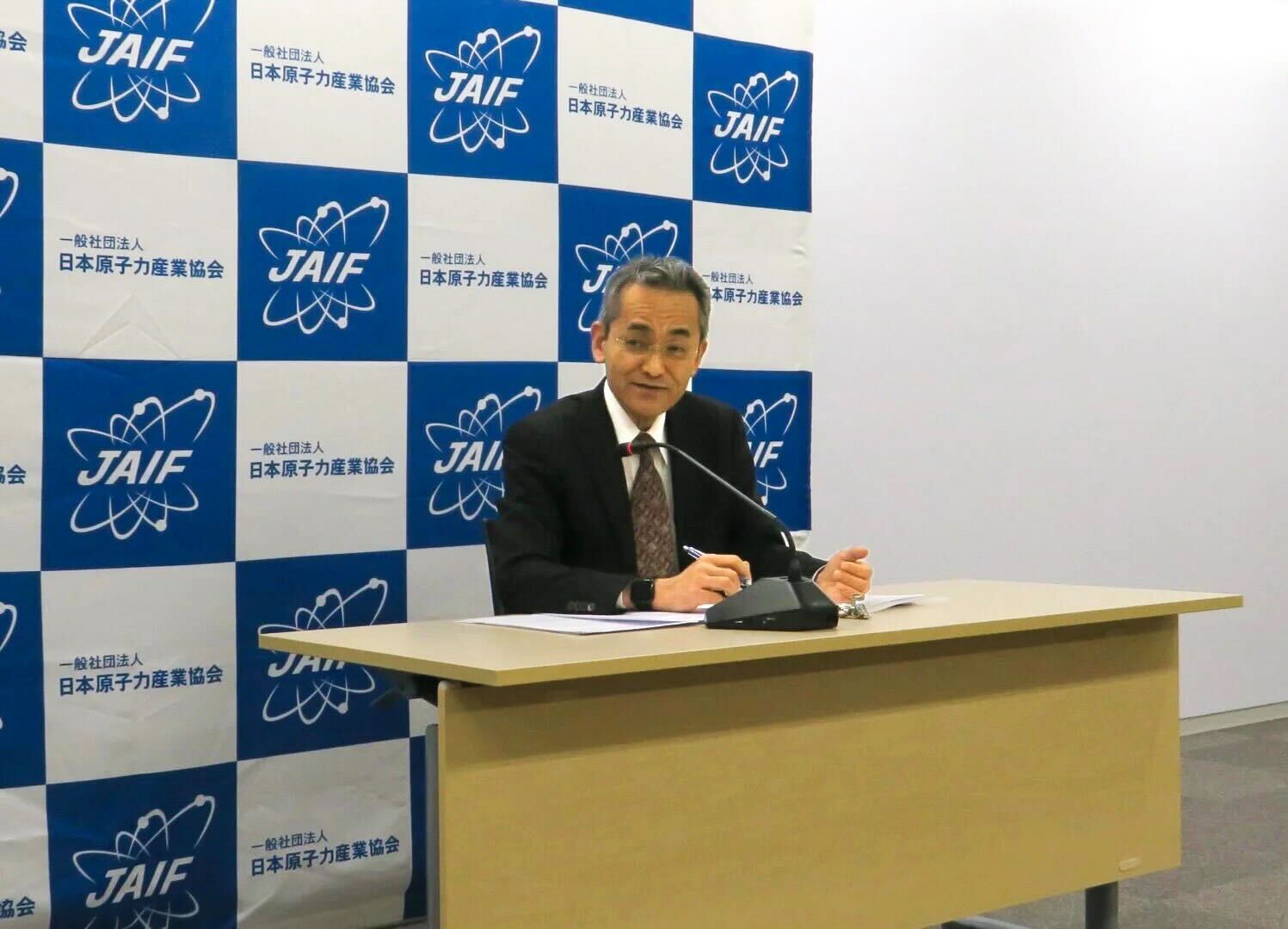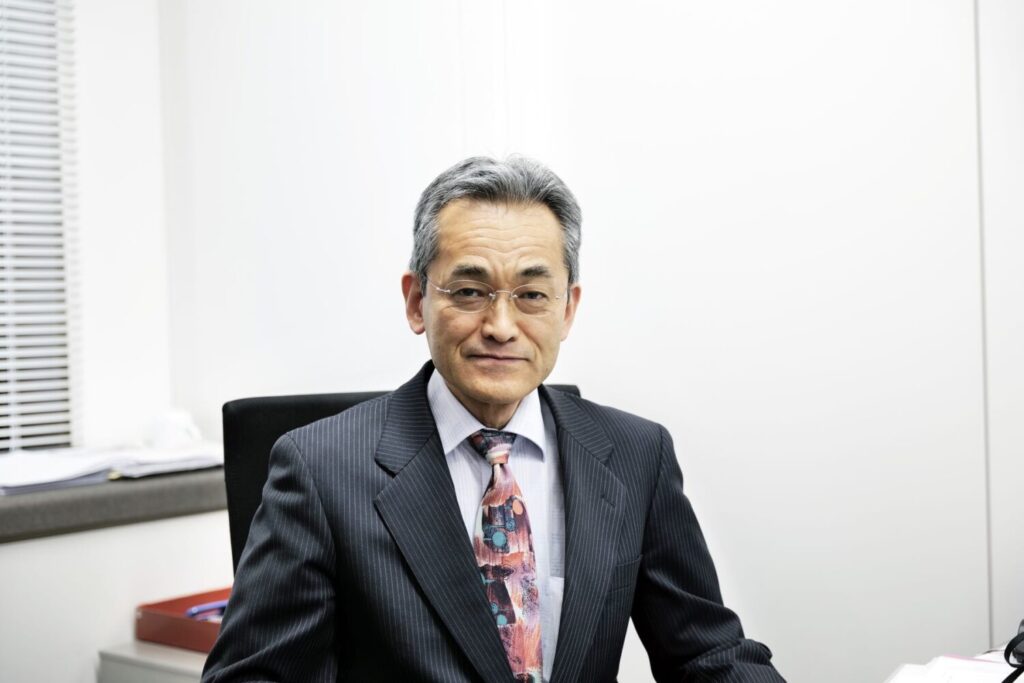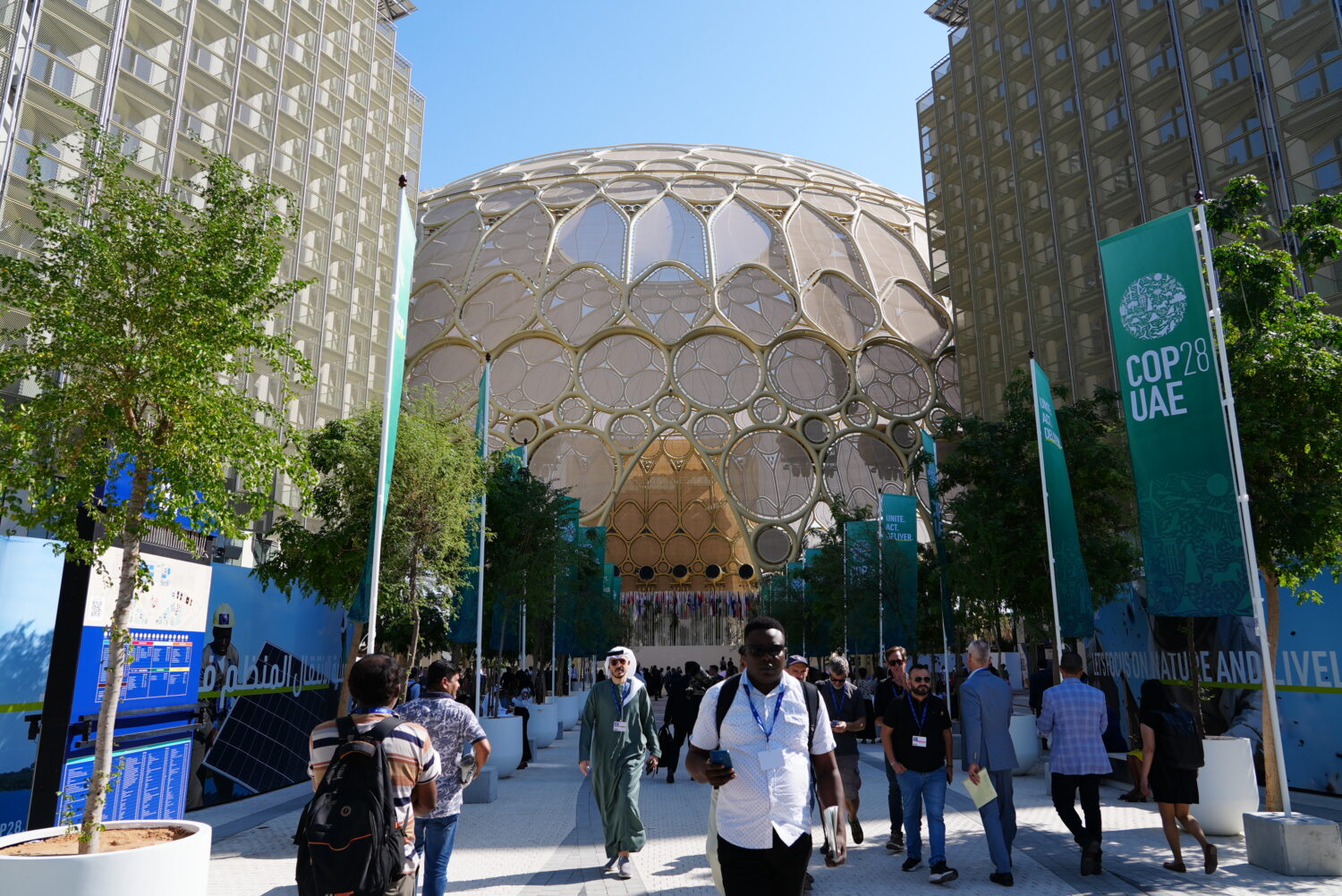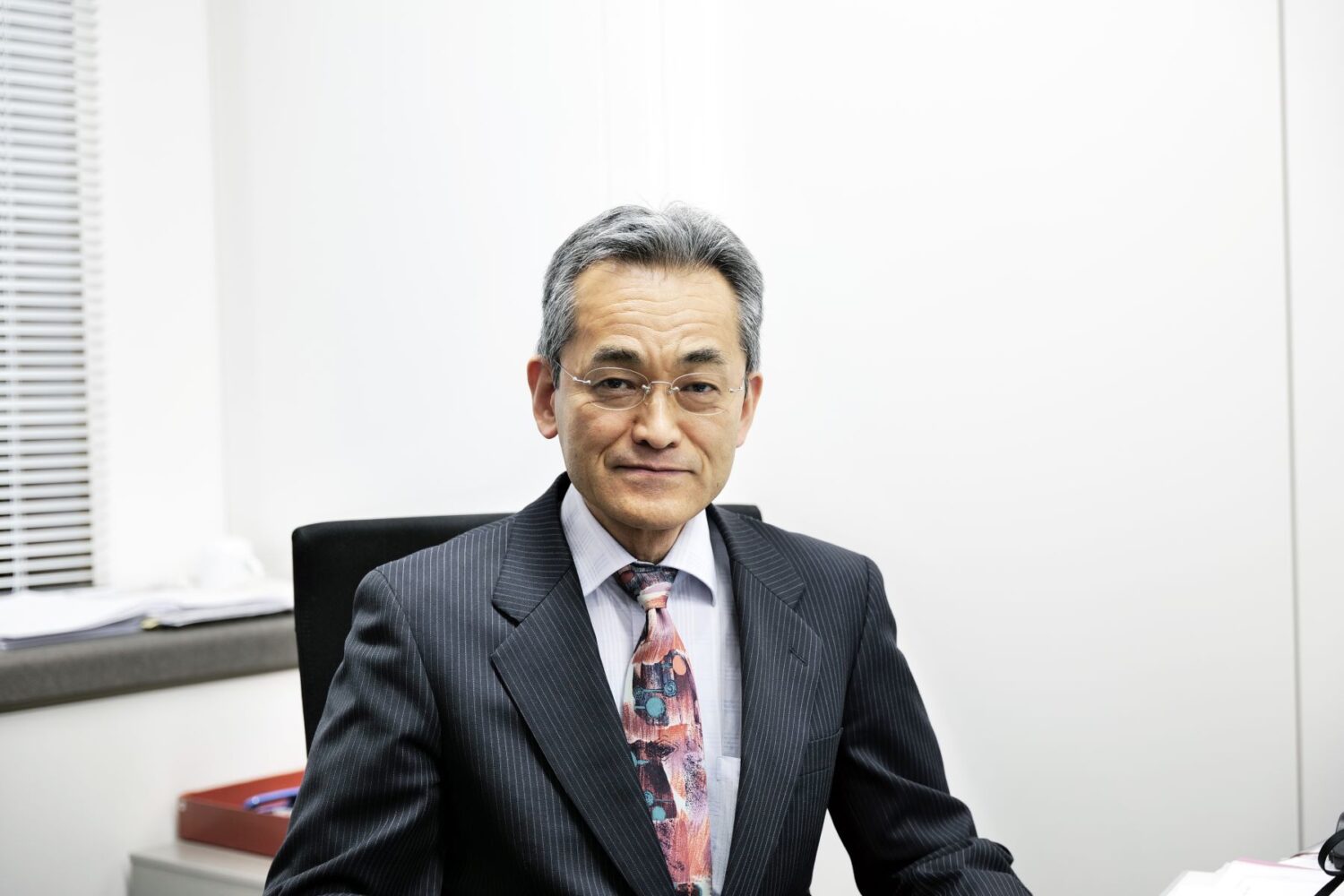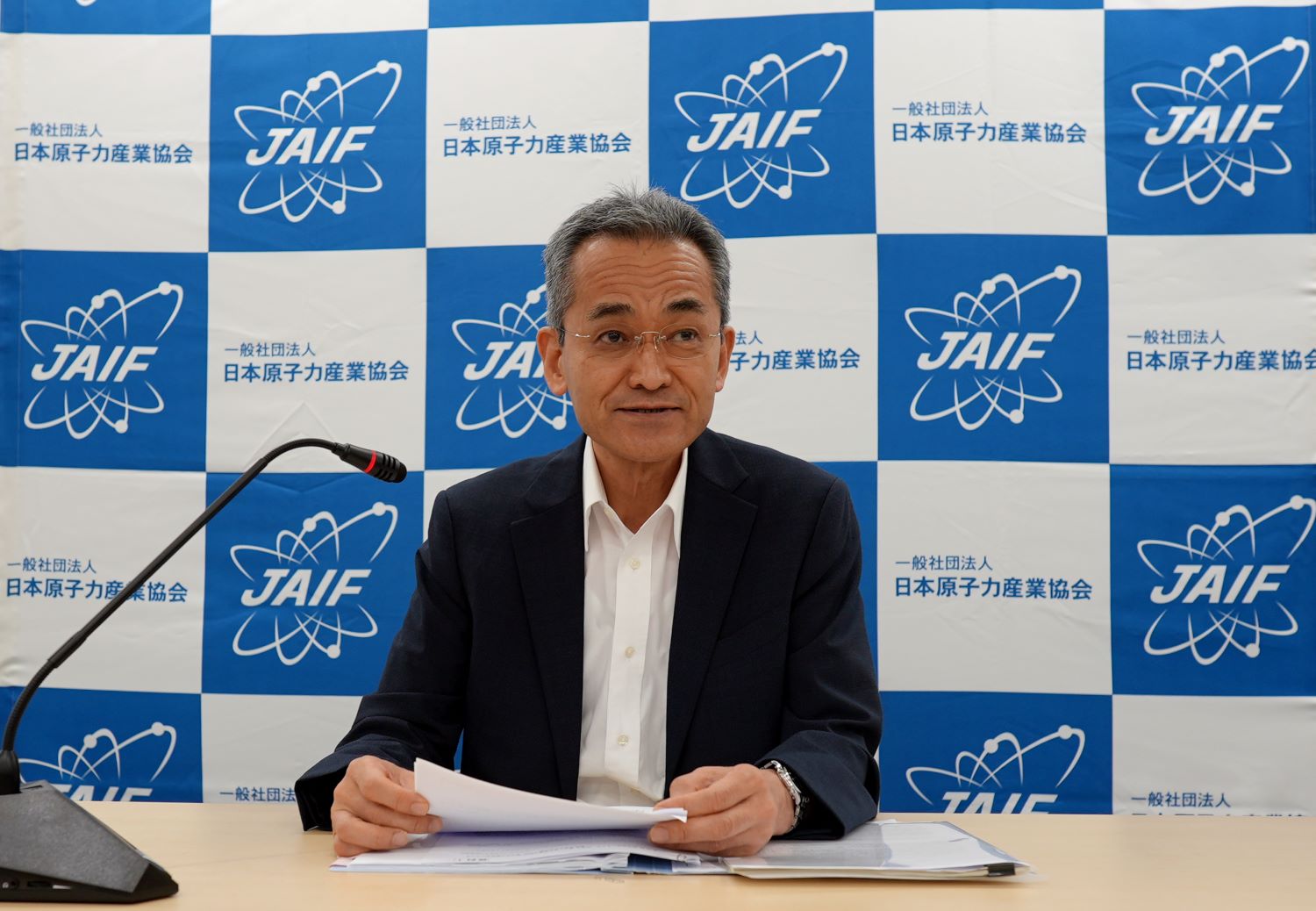According to East Japan Railway, operations of its Limited Express “Hitachi,” which had run from Shinagawa and Ueno Stations in Tokyo to Iwaki, have been extended farther north to Sendai (Miyagi Prefecture), with three round-trips per day. The reopening of the entire line will enable the movement of many more people and the transport of large amounts of cargo, and is expected to give new impetus to reconstruction of the area.
On National Route 6, restrictions were eased for motorcycles and motor-assisted bicycles on March 4 ridden through an area designated as a place “where residents will not be able to return home for a long time,” in addition to automobiles, which have been allowed already. Overall, work is underway on such matters as expanding the Joban Expressway to four lanes and adding new interchanges. Progress in improving public transportation systems—essential for the reconstruction of the Hama-Dori region of Fukushima Prefecture—will similarly support reconstruction and add forward momentum.
At a meeting of the Nuclear Emergency Response Headquarters in January, Prime Minister Shinzo Abe, referring to the easing of restrictions in a portion of the “not able to return” area and to the start of the 2020 Tokyo Olympics torch relays, expressed his high hopes for the acceleration of Fukushima’s reconstruction, including tourism aspects, saying, “Many people are expected to visit Hama-Dori now that the convenience of the region has been enhanced.”
As of March 2020, there are still more than 40,000 evacuees, including those who evacuated from areas not subject to specific evacuation orders. In surveys on the awareness of residents from municipalities affected by the nuclear accident, conducted jointly by the Reconstruction Agency, Fukushima Prefecture and relevant municipalities, many of the residents cited such things as railways and other public transportation systems, along with medical facilities and commercial facilities, as factors in determining when they would return home. Infrastructure is expected to improve significantly following the opening and improvements to railways and roads.
Along with infrastructure improvements, industrial reconstruction and expanded employment are also vitally important for the further reconstruction of Futaba-gun and other areas subject to evacuation orders, as well as that of the Hama-Dori region. Those in charge of the matter at the various municipalities are working on the issues, including the siting of industries, toward an early return of the residents.
In December 2019, a blueprint for industrial development was released, based on the Fukushima International Research Industry City Vision (the Innovation Coast) toward the realization of autonomous, sustainable industrial development, primarily in the Hama-Dori region. It was formulated by three parties: the Reconstruction Agency, the Ministry of Economy, Trade and Industry (METI), and Fukushima Prefecture.
According to the blueprint, the key points in autonomous, sustainable industrial development are as follows:
- Improving the managerial and technological capabilities of local industries and developing new businesses.
- Attracting new industries and human resources and carrying out research and demonstrations.
Meanwhile, the implementation will require a foundation to support the vision based on the following three pillars, all aimed at reinforcing the region:
- Keeping open to any possibility.
- Ensuring local industry is the main actors.
- Developing human resources.
In addition to the previous four prioritized fields—(1) decommissioning, (2) robots and drones, (3) energy, environment, and recycling, and (4) agriculture, forestry, and fisheries—two other fields have been added, namely, medical-related affairs and aerospace. Industrial integration will be pursued with a focus on those six fields. The national government, the prefecture and related parties are expected to cooperate closely with each other and strive to realize them.
The Japan Atomic Industrial Forum (JAIF), which has been listening to the voices of people in the Fukushima region, will continue to “walk together with the local residents,” while endeavoring to eliminate unfounded fears and rumors by disseminating accurate information on radiation and other things. We at JAIF are determined to keep people in Japan and around the world informed on the state of reconstruction in Fukushima and the decommissioning of the Fukushima Daiichi NPS.




